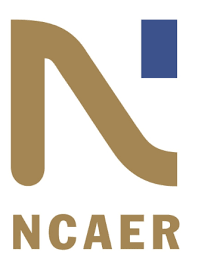
Mumbai: The National Council of Applied Economic Research (NCAER) survey data on Indian Gem & Jewellery industry reveals that in 2019 there were a total of 9.89 lakh units and 42.89 lakh workers in the sector. A total of 390 districts are identified as clusters based on the number of units working in the gem and jewellery sector. Since the geographical area of a district can be very vast, the threshold was restricted to at least 1000 gem and jewellery units or a minimum 2,000 workers to be considered as a cluster.
The gem & Jewellery cluster mapping survey report will be a ready data source for stakeholder including Govt. while planning and initiating projects for the development of the industry.
The industry has come a long way in the last 5 decades. Nevertheless, GJEPC was of the opinion that a study in terms of numbers of clusters and units in the industry will be a good data source for the decision makers while devising growth plans for the sector.
It was with this objective that GJEPC commissioned The National Council of Applied Economic Research (NCAER) to come up with a cluster mapping survey report. The need for credible statistics outlining the exact number of clusters, units, and workers employed in the sector, which could be used incisively for promotions and formulating policy, is what prompted the Gem and Jewellery Export Promotion Council (GJEPC) to commission the National Council of Applied Economic Research (NCAER) to conduct a detailed study on India’s gem and jewellery sector.
Colin Shah, Chairman, GJEPC, said “The report has empowered us take decisions and implement projects for the further development of the industry with more clarity and conviction. This would help address the challenges of various identified clusters by providing them the requisite resources and finally make them exportable clusters with enough capability to generate employment and promote exports which are the major objectives of the Government and industry under the Centre’s Atmanirbhar Bharat programme.”
This study provides a comprehensive map of gem and jewellery clusters based on the number of units and workers. The NCAER team also undertook the exercise of workforce mapping and an analysis of the skills and technology gaps in the sector.
The broad objectives of the NCAER study included a qualitative assessment of government policy measures affecting exports and growth of the sector; an assessment of the contribution of the gem and jewellery sector to the Indian economy in terms of income and employment, through direct and indirect channels; the identification of variables that affect the domestic and international demand for gems and jewellery; and an analysis of India’s manufacturing potential and supply constraints with respect to infrastructure, skill development and the production system along with recommendations to overcome these gaps.



